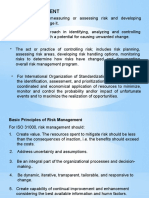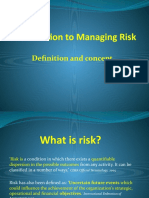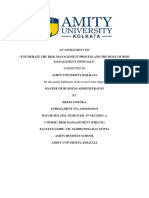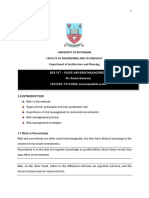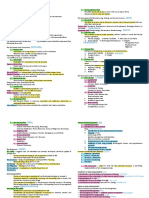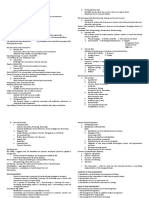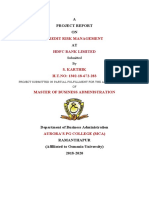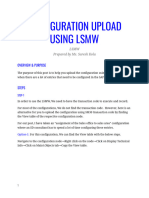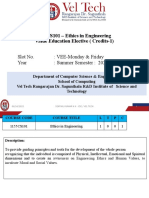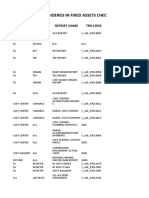0% found this document useful (0 votes)
16 views17 pagesFI Assignment 2
This document is a comprehensive assignment on risk management submitted by a group of students at St. Mary’s University. It covers key aspects such as the definition and importance of risk management, techniques for risk identification, assessment processes, treatment strategies, and the significance of continuous monitoring and control. The assignment emphasizes that effective risk management is crucial for individuals and organizations to navigate uncertainties and achieve their objectives.
Uploaded by
abeymulugeta17Copyright
© © All Rights Reserved
We take content rights seriously. If you suspect this is your content, claim it here.
Available Formats
Download as PDF, TXT or read online on Scribd
0% found this document useful (0 votes)
16 views17 pagesFI Assignment 2
This document is a comprehensive assignment on risk management submitted by a group of students at St. Mary’s University. It covers key aspects such as the definition and importance of risk management, techniques for risk identification, assessment processes, treatment strategies, and the significance of continuous monitoring and control. The assignment emphasizes that effective risk management is crucial for individuals and organizations to navigate uncertainties and achieve their objectives.
Uploaded by
abeymulugeta17Copyright
© © All Rights Reserved
We take content rights seriously. If you suspect this is your content, claim it here.
Available Formats
Download as PDF, TXT or read online on Scribd
/ 17
















